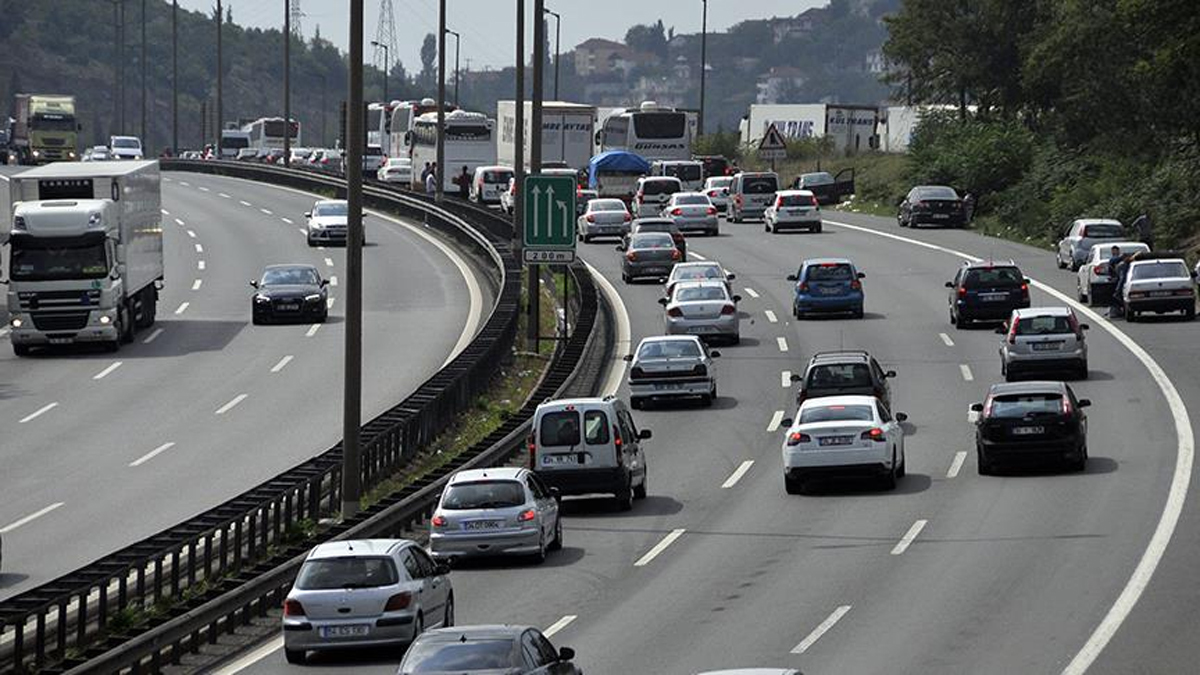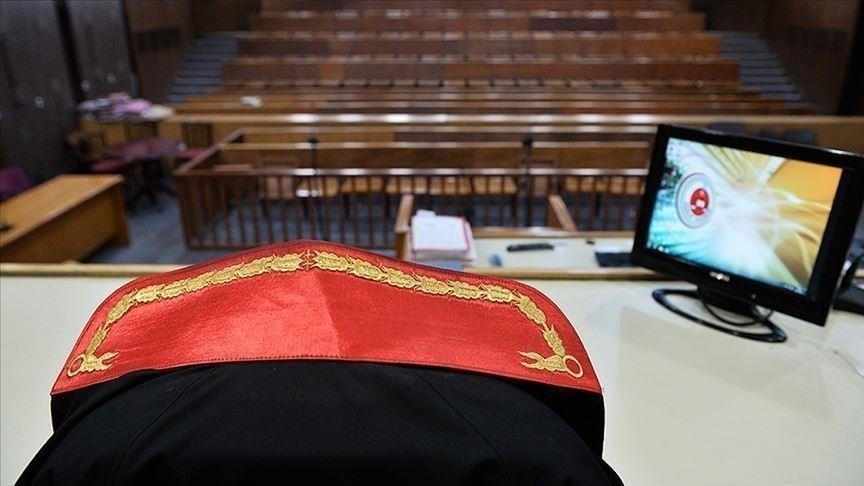Ibrahim Al-Ghaitani, head of the Energy Studies Program, pointed out that European energy markets are facing uncertainty as the cessation of Russian gas transit through Ukraine approaches by December 2024. This follows Ukraine's decision not to renew the gas transit agreement. He noted this could significantly impact gas supplies to Central and Eastern Europe, especially during the winter months.
European Union countries have adopted alternative measures to fill this gap, such as importing liquefied natural gas (LNG) from other nations and investing in new infrastructure. Al-Ghaitani emphasized that the sensitivity of the European gas market to the risks of interrupting Russian gas flows via Ukraine has decreased compared to the first two years of the Ukrainian war.
Article Overview:
Global energy markets are anticipating the potential halt of the last major connection between Russian and European gas networks by December 2024. Ukraine formally announced on October 7 that it would not extend the gas transit agreement with Moscow, which ends on December 31 of this year.
The cessation of this route could lead to temporary uncertainty in the European gas market, particularly with high demand approaching winter. However, price volatility is expected to be less severe than that following the halting of the Yamal and Nord Stream-1 pipelines in recent years.
European countries have made compensatory arrangements for the loss of Russian gas supplies, including increased LNG imports from the U.S., Middle East, and North Africa, as well as feasibility studies for potential gas flows from Azerbaijan.
Key Decisions:
Ukraine's official decision to end the gas transit agreement reflects its broader strategy to reduce economic dependence on Moscow amidst ongoing conflict. Russia is likely to face significant revenue losses, estimating between $4 billion to $4.5 billion annually.
Winners and Losers:
While European nations are finding adequate alternatives for Russian gas, the International Energy Agency warned of critical uncertainties for Central and Eastern Europe during winter peak demand times. Concerns include a fragile balance in the European gas market that might lead to a temporary spike in prices.
Alternative Options:
Countries in Central and Eastern Europe continue to explore new supply routes, including additional LNG imports and leveraging existing gas network connections. Hungary has expressed interest in receiving Russian gas through alternative pipelines such as TurkStream.
Austria as a Case Study:
Austria initially resisted EU sanctions on Russian gas, citing economic imperatives. However, mounting pressures have led to a reassessment of its reliance on Russian imports, particularly as it prepares to secure alternative supplies from neighboring countries, chiefly Norway and Italy.
In summary, the European gas market's sensitivity to risks associated with halting Russian gas via Ukraine is lessened due to improved supply alternatives and network infrastructure. A comprehensive approach to bolstering energy security and reducing dependence on precarious gas supplies is essential.

















